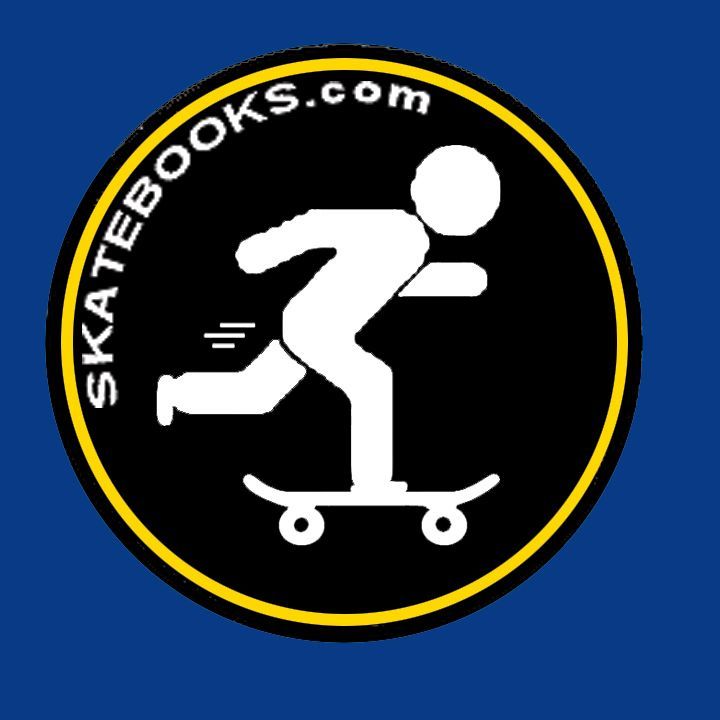Skateboard History
Skateboarding, who invented it? And when? It's hard to say for sure. Roller skates were patented in 1910. Skateboards didn't officially appear until the 1950s. Flat wooden boards with wheels made of clay or metal. Louis D. Bostick filed the first patent for the manufacture of commercial skateboards in 1965. But naming him as the inventor is questionable. It's not known exactly who built the very first skateboard. There are pictures from wartime around 1945 of children rolling with what looks like a skateboard.
So we'll stick with this story, and it fits best: The initiators were the surfers of the 1960s who needed something to do when the waves were flat. They invented pavement surfing, which transferred the movements of surfing and maneuvers to the skateboard. Surf shops in California sold the first skateboards. One of the first skateboard companies was founded: Makaha Boards. In 1963, the first skateboard exhibition took place. Skating became more and more popular, the first skateboard wave? In 1964, the first skateboard magazine came out (Skateboarder Magazine). In the mid-to-late 1960s, the popularity of skating dropped again because it was denounced as "dangerous."
At the beginning of the 70s, Frank Nasworthy developed a skateboard wheel (the Cadillac Wheels) made of polyurethane. (Previously made of metal or clay). This invention was revolutionary and gave the skateboard and the skateboard scene a new lease of life. A new, even bigger skateboard boom arose. At this time, the revolutionary skateboard team, the Z-Boys, all surfers, (Zephyr Surf Team) from Dogtown, a town in Venice, was formed. In the dry season, they not only surfed on the street with their skateboards, but also began experimenting in empty swimming pools as a riding surface and invented a new trend (halfpipe, quarterpipe), which is still used today in many variations. The first skate parks were also built during these years. This boom lasted until the end of the 70s. At this time, the first skate contests also took place in Germany. Munich was the skater stronghold.
The early 1980s were rather bleak for skateboarders. Many skate parks and magazines that had boomed in the 70s were closed. Ambitious skaters developed new board shapes, trucks and wheels. This meant that tricks could be done and developed that had not been done before. Rodney Mullen invented the Ollie Pop and Ollie Kickflip on flat ground. Tricks were tried on walls, benches, stairs and other obstacles. In the mid-80s, skateboarding experienced the next big boom. Halfpipe skating, street skating and freestyle skating had now managed to establish themselves. In America, skateboarding had become a serious competitive sport. Idols were created, such as Tony Hawk, Steve Caballero, in halfpipe skating and Rodney Mullen in freestyle skating.
In 1986, the best skaters in the world came together for Expo 86 in Vancouver for the largest skateboarding event: the TRANSWORLD SKATEBOARDING CHAMPIONSHIP. Other major competitions followed. The boom also returned to Germany and many major competitions were created. The skateboarding stronghold was no longer Munich, but Münster. The Münster Monster Masterships were created under the guidance of Titus, who made skateboarding popular in Germany. Other countries also had this major skateboarding boom. This boom lasted until the end of the 80s.
After a lull in the early 90s, skateboarding developed again. New board shapes emerged, which led to the development of street skateboarding. New tricks emerged. Freestyle skateboarding was no longer popular. Street skateboarding dominated and new large skate parks were created with stairs, banisters, fun boxes and many other obstacles. The Extreme Games (X-Games) and their worldwide broadcast on TV in 1995 brought further attention to skateboarding and the global skate scene grew further.
At the beginning of the 2000s, other disciplines emerged again. Bowl skateboarding, freestyle skateboarding, slalom skateboarding. All types of skateboarding now have their own competitions, fans, communities. Then there was the huge longboard boom, everyone wanted to ride longboards and do longboard dancing. If you look at skateboarding today, you can say that skateboarding develops anew every 10 years. Skateboarding is now even at the Olympics.
Skateboarding is not just a sport. For those who practice it, it is a way of life, a lifestyle, a leisure activity or simply a means of transportation. With the corresponding fashion clothing.








